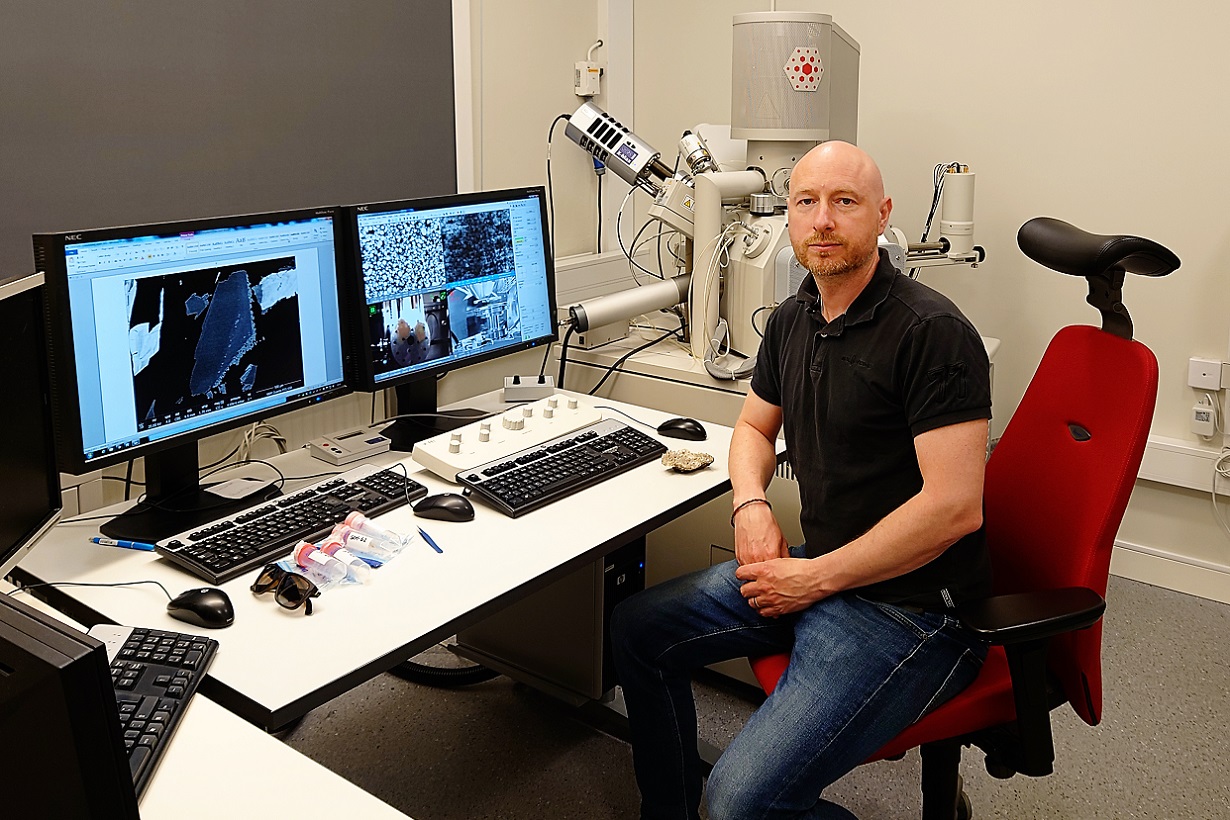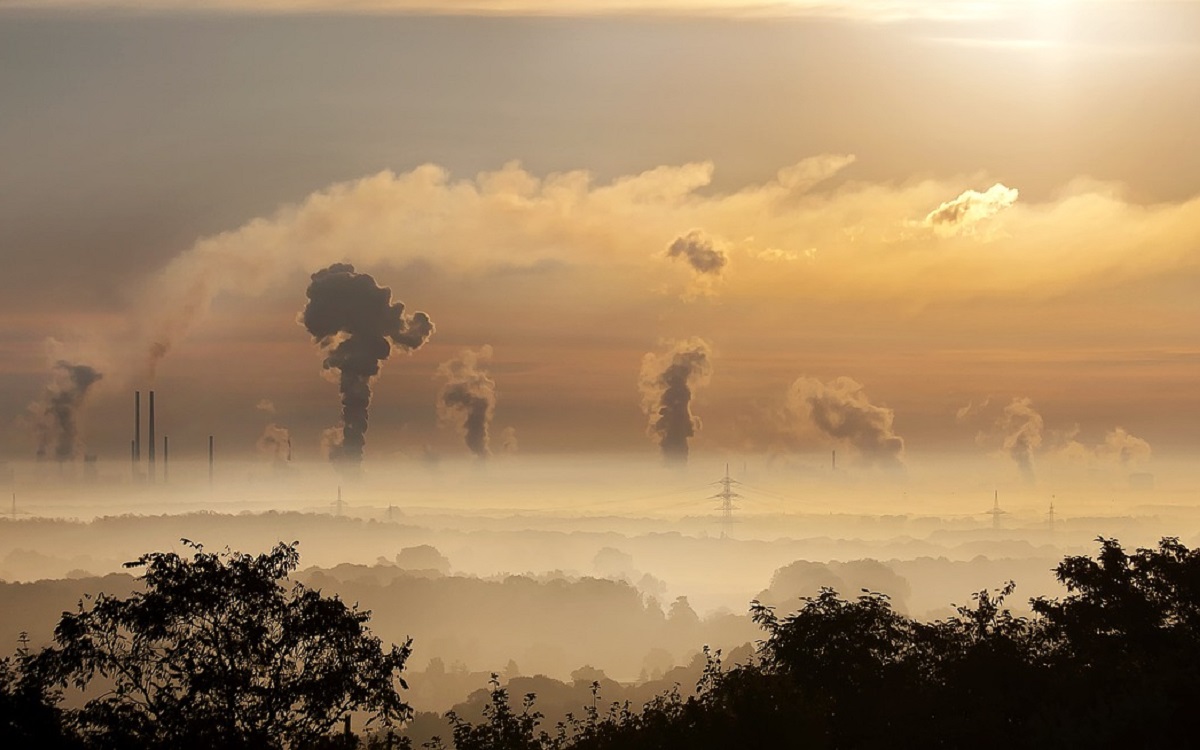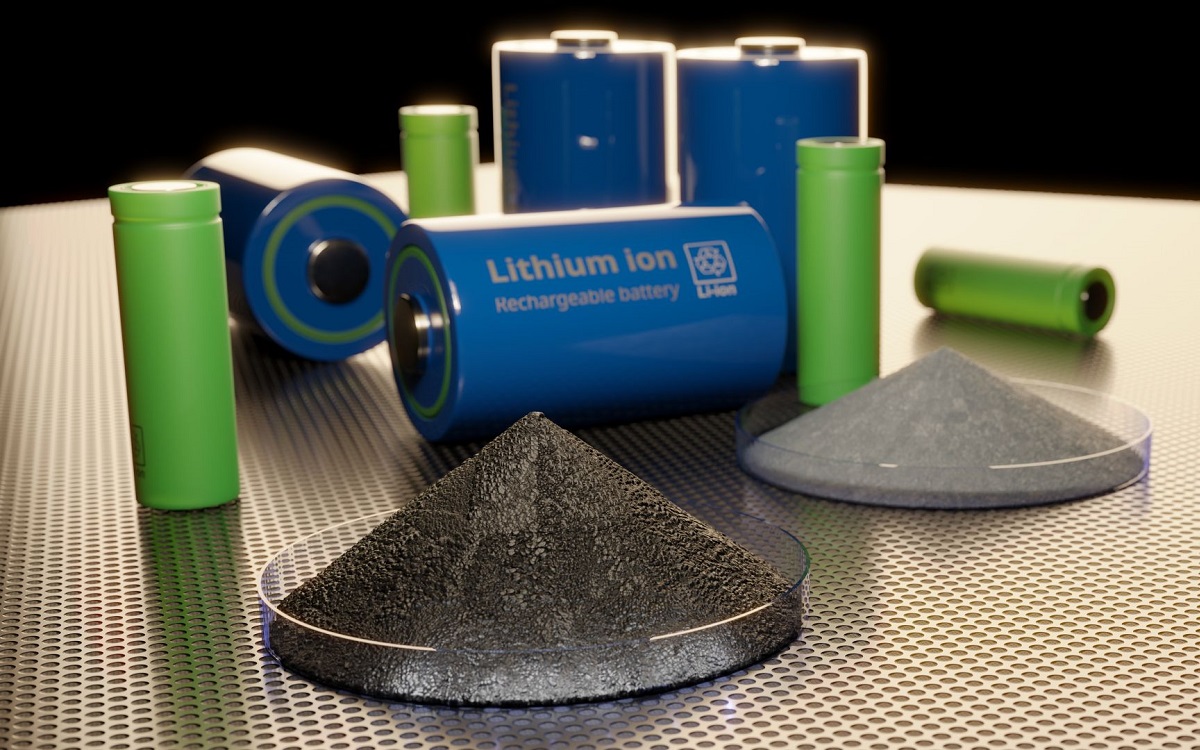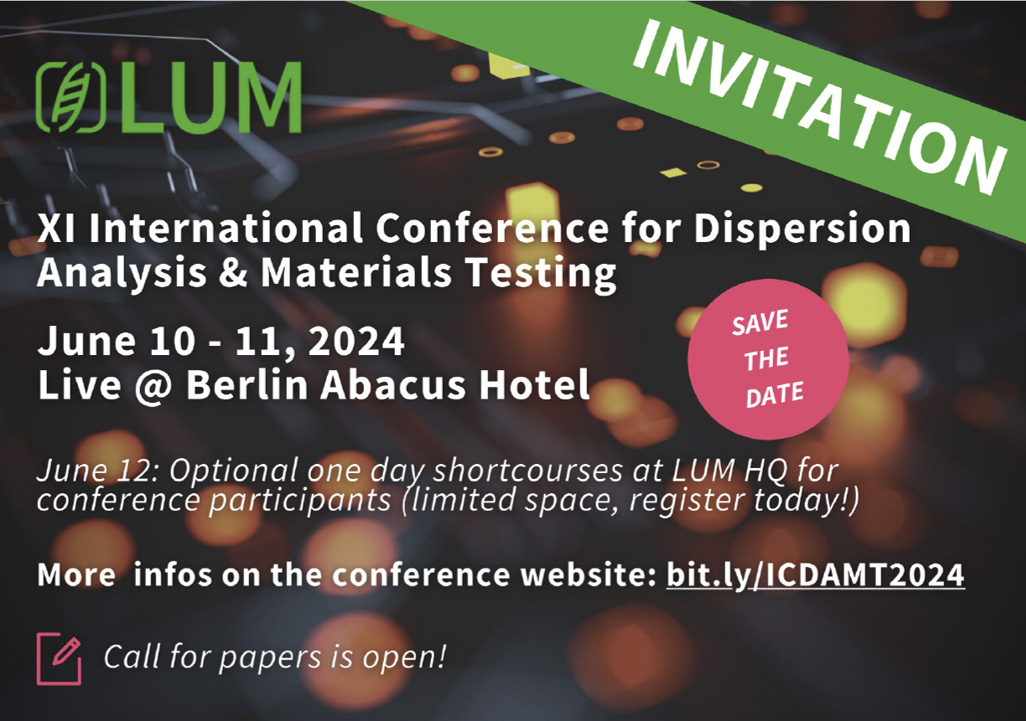27.04.2023 Ι A new research study from Linnaeus University, Sweden describes a previously unknown chemical process for the removal of uranium from groundwater. The researchers published their study on April 21 in the journal “Communications Earth & Environment”.
Deep down in the bedrock, in an oxygen-free environment, microbes assist in the process of turning uranium “into rock”. This finding might be an important tool for inhibiting the spread of toxic uranium in groundwater.
Minerals with Large Amounts of Uranium
Uranium-rich drinking water is a major global health issue. To inhibit the spread of uranium in groundwater is a topic of high concern, says Henrik Drake, Associate Professor in Environmental Science, at Linnaeus University, Sweden, and senior author of the study. In a 17-year-long experiment, the team of researchers explored deep boreholes drilled into the bedrock. It identified minerals that had entrapped large amounts of uranium.
Transformation by Microbes
It turned out that microbes living in the oxygen-free environment were the key to the process.The microbes produce substances that help to transform the uranium so that it is more easily incorporated into minerals. This sink stabilizes the uranium and restrains further transport with groundwater.
Ivan Pidchenko, post-doctoral fellow at Linnaeus University, and lead author of the study explains the discovery: “The findings suggest that naturally occurring bacteria affect uranium removal. The microbes contribute to forming sinks for toxic elements in the subsurface environment.”
Preventing the Spread of Hazardous Elements
This process could prevent the spread of hazardous elements in the environment. The results are important for the remediation of contaminated groundwater.
Uranium is the main component in spent nuclear fuel that will be deposited in long-term geological storage in deep bedrock systems. Thus, they are also of interest for repositories.
More information:“Our finding is an additional brick to the foundation of long-term safety assessment of geological nuclear repositories planned for construction in Sweden and elsewhere,” says Ivan Pidchenko.





